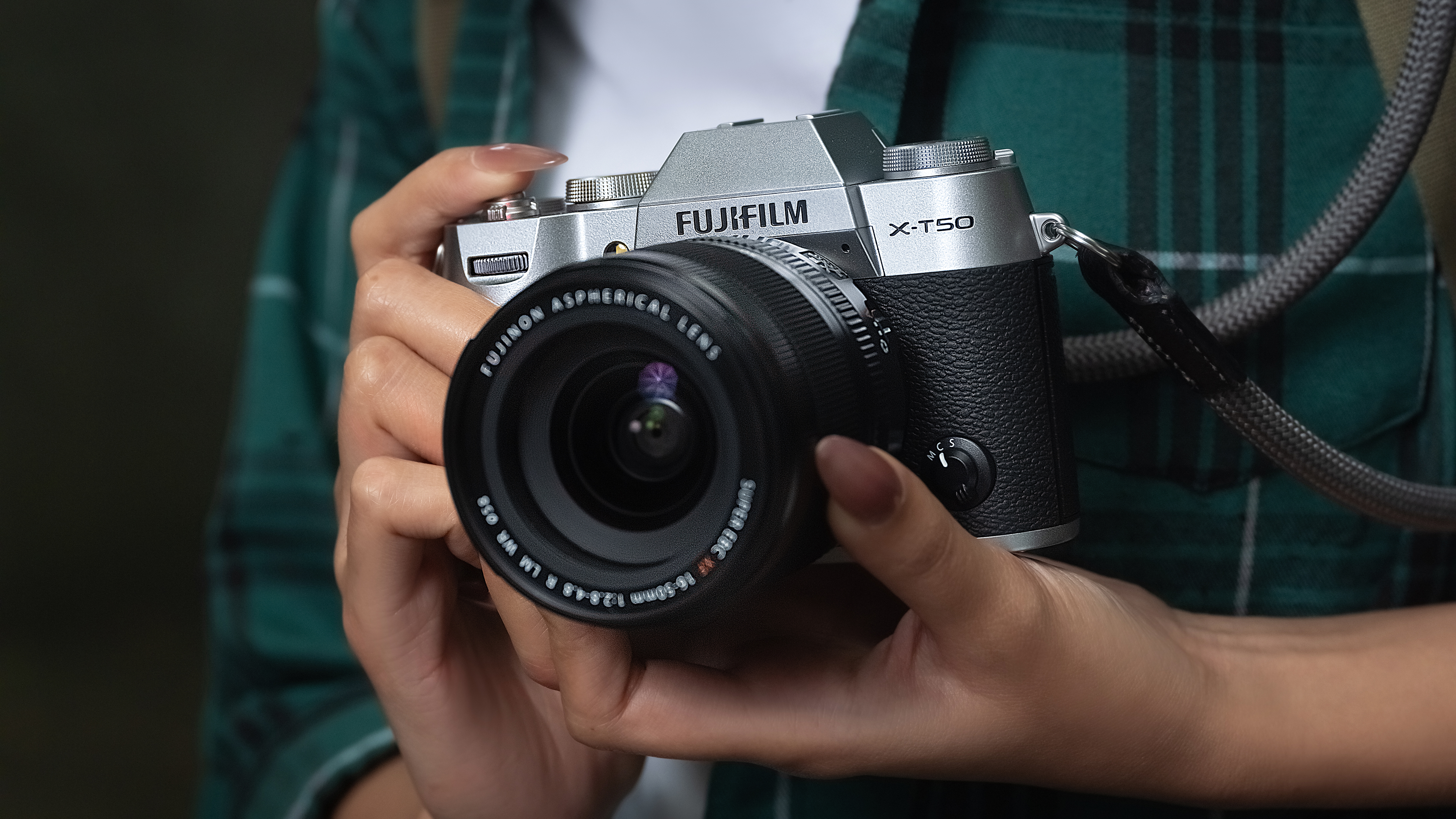
There's plenty to like about the newly announced Fujifilm X-T50. It features the snazzy new 40.2MP sensor, it has 7 stops of in-body image stabilization, can capture 6K 30p video…
But there's one talking point that's dominating all others: the addition of a new Film Simulation dial, putting Fujifilm's popular effects at the forefront of a camera like never before. Which will no doubt to make the X-T50 irresistible to the filter-loving social media crowd that's currently snapping up its products like hot cakes.
As was heavily teased before launch, the Film Simulation dial invites you to dive into the 20 available film effects and flick through them like filters while you're shooting. Whether you love or hate the simulations, I applaud Fujifilm for being audacious enough to shake things up so fundamentally; ditching the drive dial altogether is a pretty bold move.

And the new dial isn't the only physical change since we last saw an X-Txx camera – that being the Fujifilm X-T30 II in 2021, a minor refresh of 2019's Fujifilm X-T30 (and interestingly, the former will remain on sale alongside the X-T50).
The body features more rounded shoulders than the X-T30 for increased ergonomics, and now weighs in slightly heavier at 438g (compared to the 383g of its predecessor). The tilting LCD screen is more detailed, too, offering 1.84 million dots of resolution (up from 1.04 million).
The inside is where the real differences are, though. After skipping the X-T40 (given that its senior model, the X-T4, was also skipped) Fujifilm has upped the resolution from 26.1MP to its new 40.2MP standard. With it comes the same improved sensitivity seen in its big brother, the Fujifilm X-T5, with a base ISO of 125 (up from ISO200 in the X-T30).
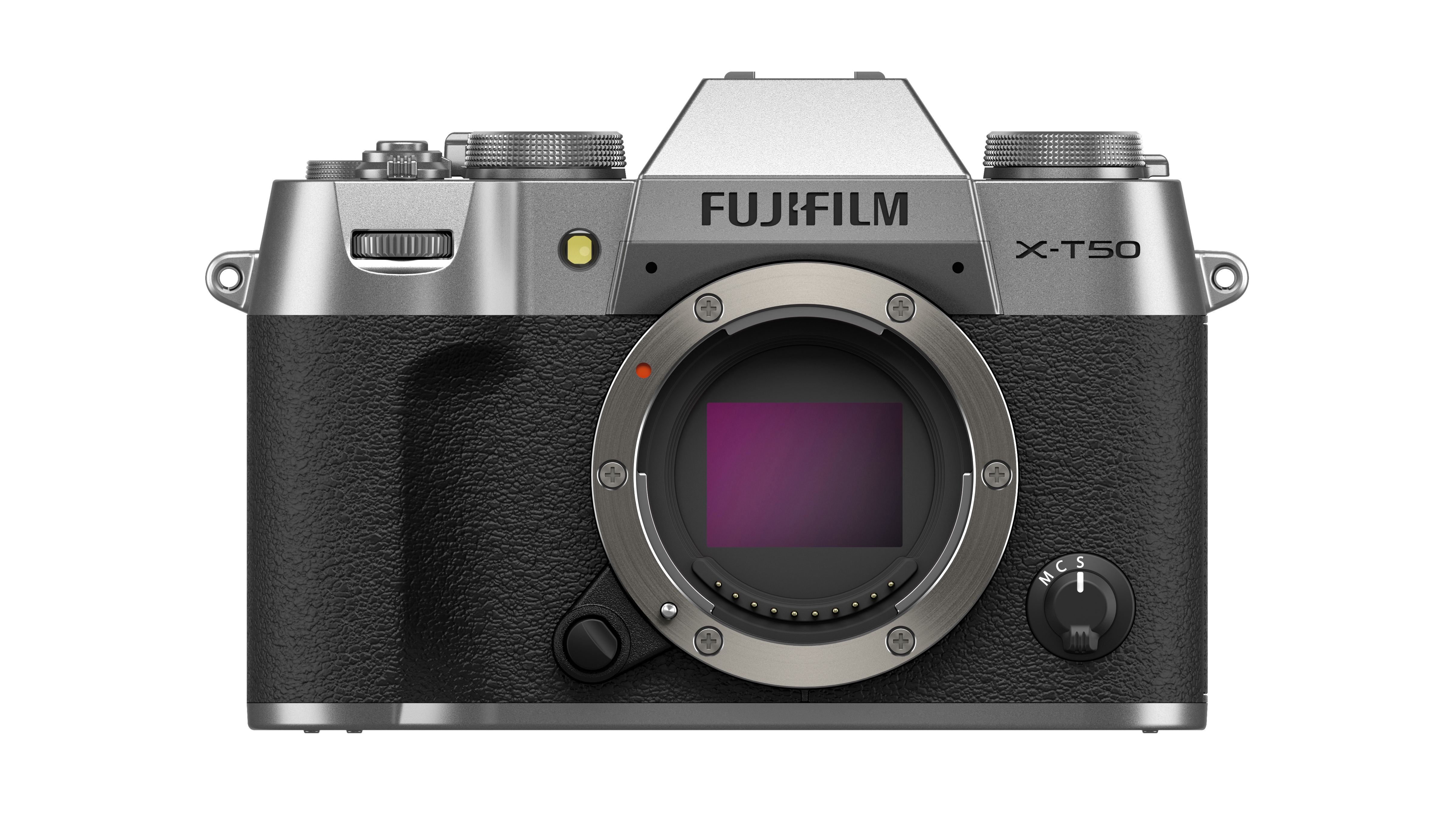
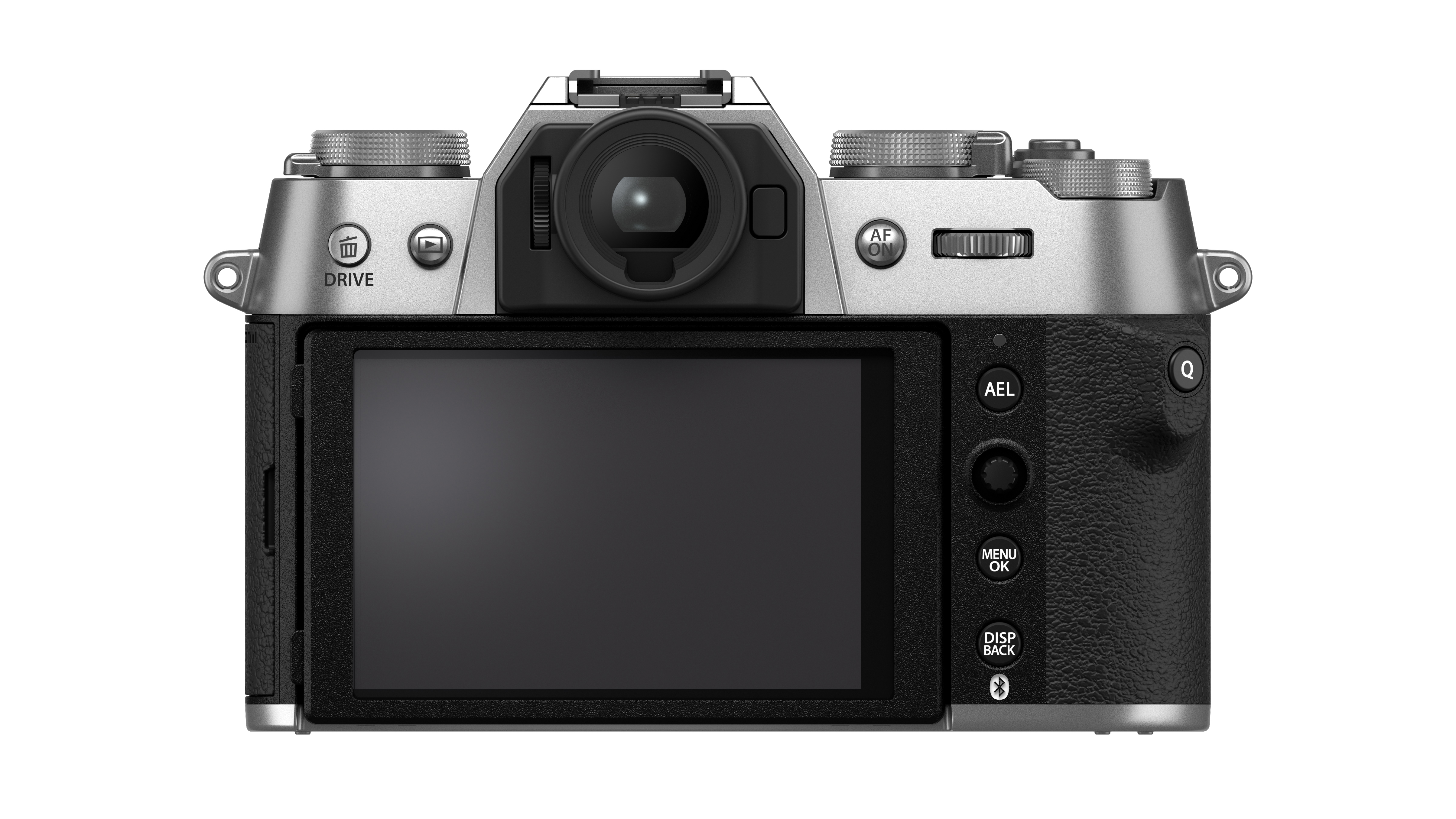
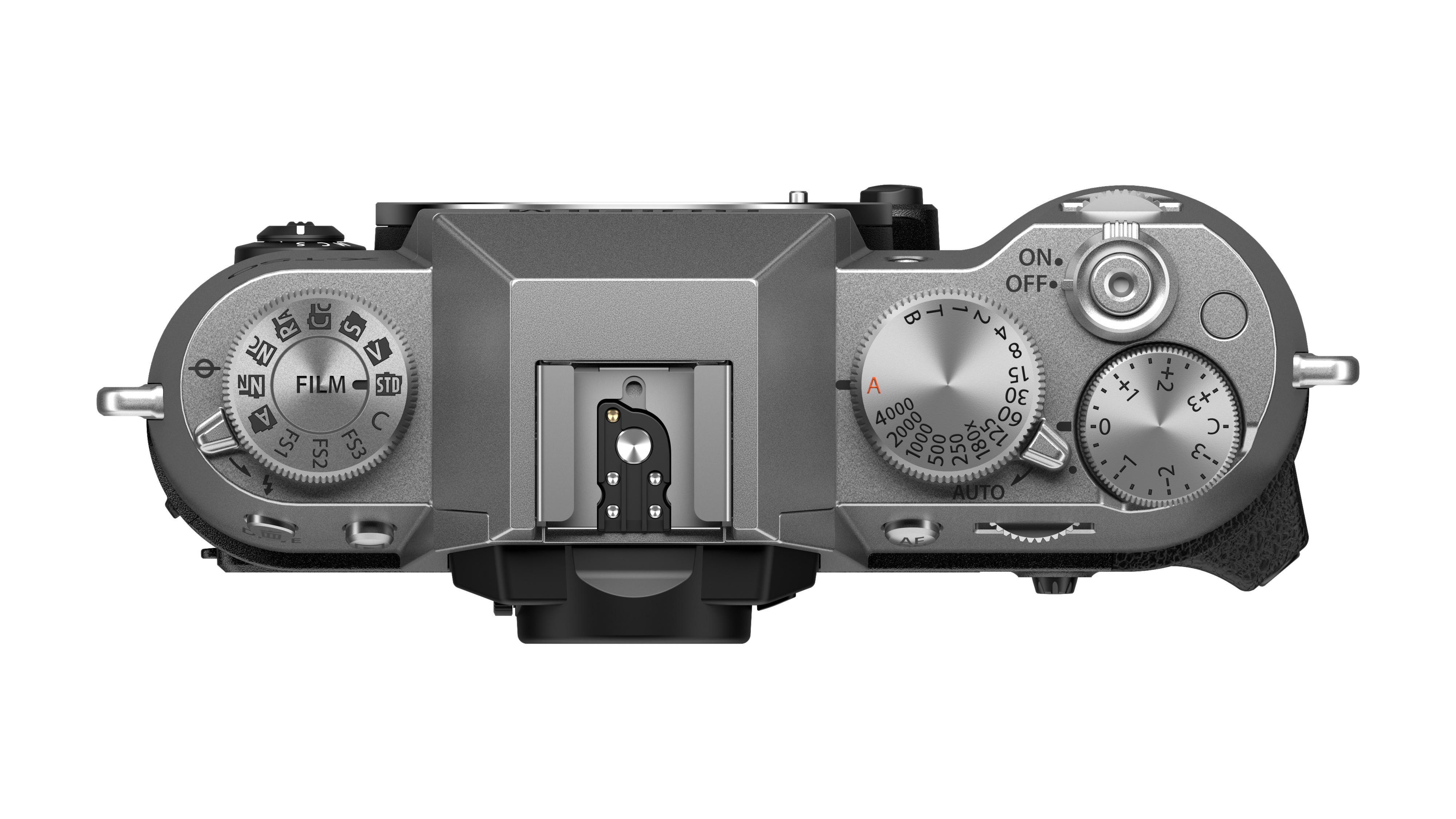


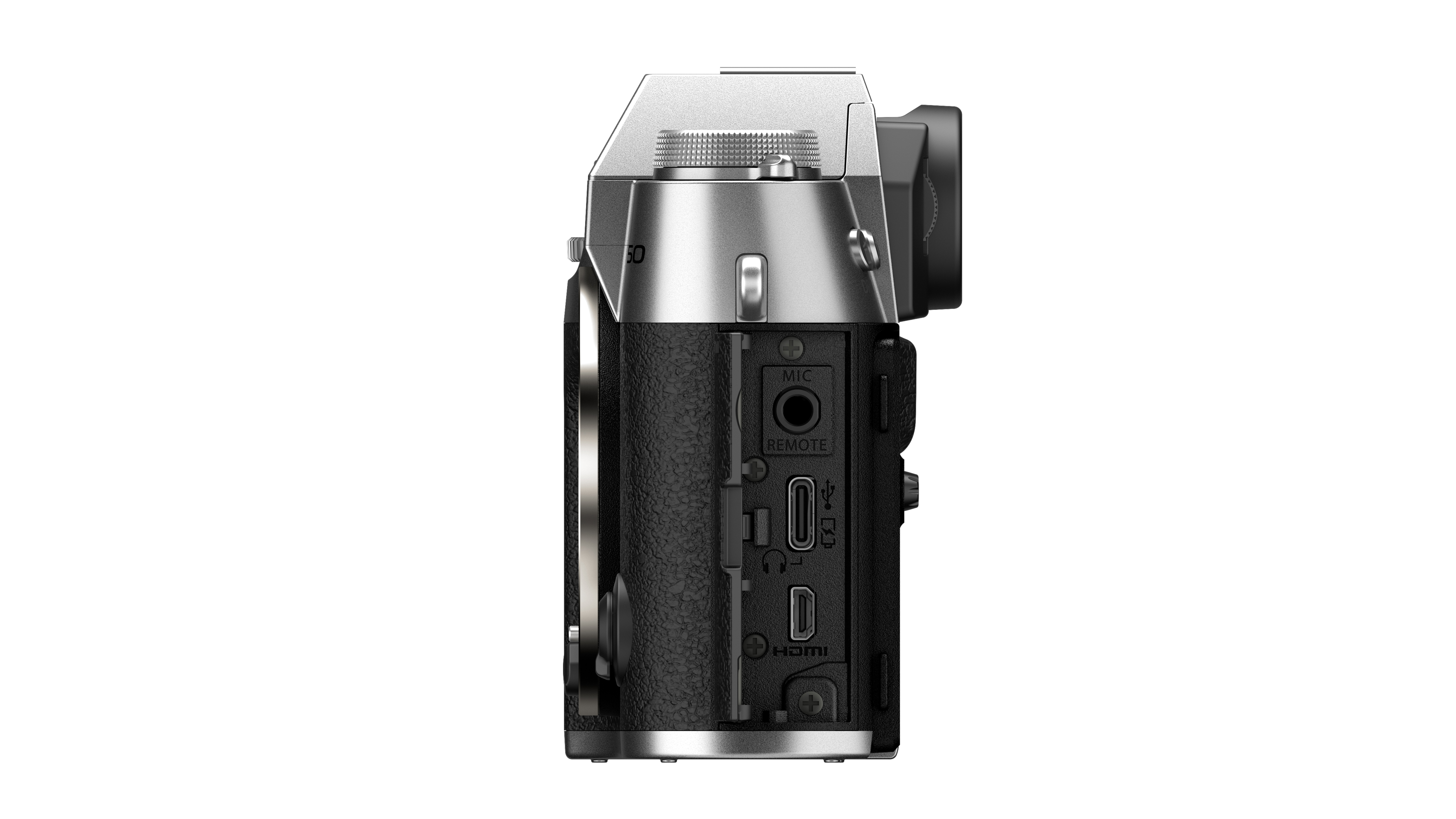
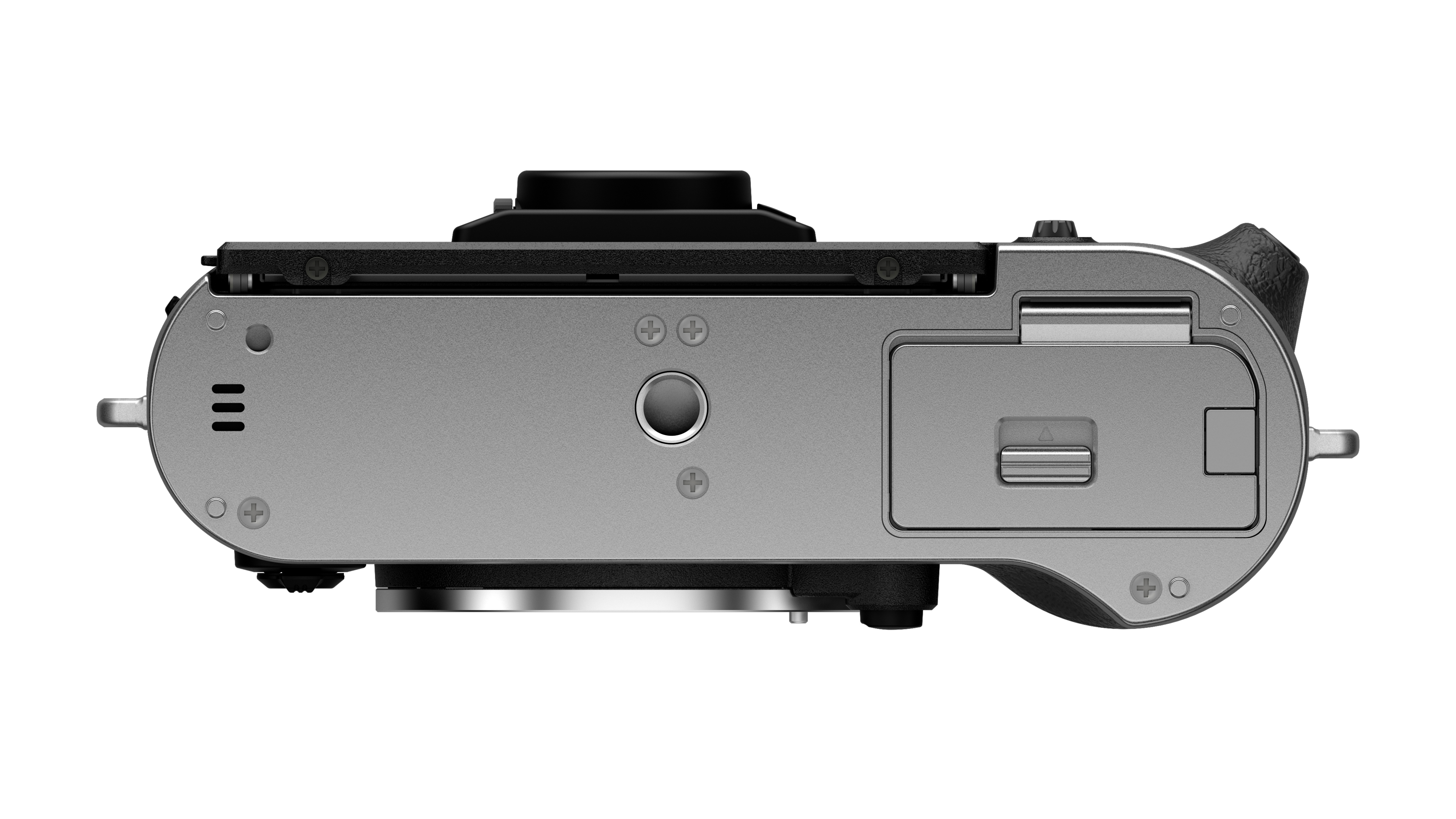
Again like its sibling, the X-T50 has an electronic shutter speed of 1/180,000 sec to freeze action and enable you to shoot at wide apertures even in bright environments – perfect for the onset of summer in the northern hemisphere.
It's an impressive little package, for sure, and an attractive one. The only thing that isn't necessarily attractive here is the price: $1,399 / £1,299 / AU$2,599 body only.
Now, just looking at the UK, the X-T5 has an RRP of £1,699 – but it's widely available for £1,449, and last Black Friday it dropped to £1,399. In Australia, the X-T5 can be had for about AU$2,500. For such a slight price difference, unless you really want that Film Simulation dial, it might be wiser to opt for the higher-specced model. See what the prices are like, when the new camera goes on sale June 17.

Take a look at the best Fujifilm cameras, which span everything from the best instant cameras to the best medium format cameras.







